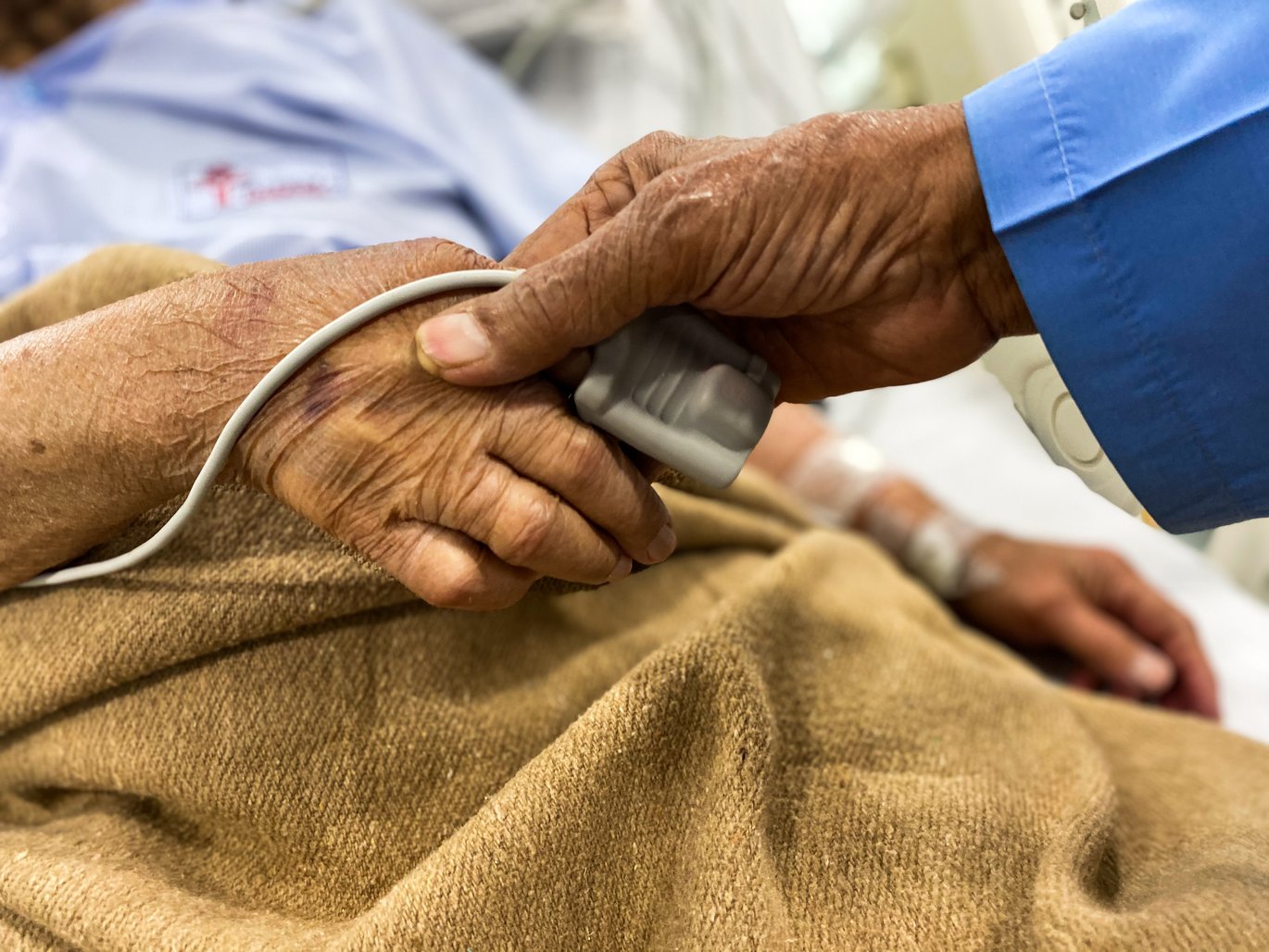New study: Blocking protein may improve the body’s ability to repair muscle damage as we age
As we age our muscle stem cells lose their ability to wake up and repair injured skeletal muscle. A new international study by researchers from Aarhus University and Stanford University now finds that blocking a specific protein wakes up the stem cells and could potentially improve patients’ recovery.


Our skeletal muscles, which comprise around 30-40% of our total body mass, are critical for basic activities like sitting and breathing and enable us to perform incredible activities that require precise movement, like dancing, playing a musical instrument or performing complicated surgeries. But as we age, our body struggles to repair any skeletal muscle injury. Now, a new study led by Assistant Professor Ermelinda Porpiglia from the Department of Biomedicine at Aarhus University may have found a way to help kick the stem cells back into gear.
The study is the first to document a role for the levels of the protein CD47 in muscle stem cell aging. The researchers found that CD47 levels are significantly elevated in aged muscle stem cells, suggesting that the levels of CD47 go up as we age, and help contribute to the reduced ability of the muscle to regenerate after injury.
“Our study showed that abnormal or increased thrombospondin-1/CD47 signalling can be targeted using a thrombospondin-1 (THBS1) blocking antibody, which leads to improved muscle regeneration and strength in aged mice”, explains Assistant Professor Ermelinda Porpiglia.
The study’s findings may be good news for elderly people, who often face long recoveries after an injury or a surgery. The prediction is that in the future, patients may be transiently treated with a THBS1 blocking antibody, prior to or just after surgery, to help them recover faster, explains Ermelinda Porpiglia.
“We anticipate that such a treatment would activate the functional stem cells in the muscle of old patients and accelerate recovery. We also predict that THBS1 blockade could help patients who suffer from reduced muscle strength due to a long recovery after illness or surgeries such as knee or hip replacements where the patients are on an extended bedrest.”
May also impact cancer recovery
The study was performed in aged mice, and Ermelinda Porpiglia emphasizes that further studies are needed to test whether this strategy holds therapeutic potential in patients. The researchers have great hope that their discovery will benefit not only patients with impaired muscle regeneration but also cancer patients.
According to Ermelinda Porpiglia the protein CD47, also known as the “don’t eat me” signal, participates in a signaling axis that also involves the protein SIRPa and is hijacked by cancer cells to evade the activation of our immune system. Currently, a new cancer immunotherapy targeting CD47/SIRPa signaling is in clinical trials, and that treatment may help to do more than activate the immune system against cancer, says Ermelinda Porpiglia.
“Around 80% of cancer patients suffer from a great loss of muscle and fat, known as cancer cachexia, which leaves the patients very weakened. We postulate that the CD47-blocking immunotherapy currently in clinical trials might not just help treat the cancer, but might also boost muscle stem cell activation in skeletal muscle, so the patients will suffer less loss of muscle mass and strength. However, further studies are needed to address this.”
The suppressive role of THBS1/CD47 signalling has previously been reported in endothelial cells, which are the cells that line our blood vessels. However, this study is the first in which elevated CD47 expression has been identified in aged muscle stem cells and the first time that THBS1/CD47 signalling has been studied in aged muscle and muscle stem cells.
Behind the research result:
- Type of study: Basic research study
- Partners: Stanford University: Professor Helen Blau and Associate Professor Wendy Fantl
- External funding: National Institute of Health (NIH), California Institute for Regenerative Medicine (CIRM) og BD Biosciences
- Conflicts of interest: Professor Helen M. Blau (Stanford University) and Assistant Professor Ermelinda Porpiglia (Aarhus University) are named inventors on patent application No. PCT/US2021/038549, held by Stanford University.
- Read the scientific article in Cell Stem Cell: https://www.sciencedirect.com/science/article/abs/pii/S1934590922004271?via%3Dihub
Contact
Assistant Professor Ermelinda Porpiglia
Department of Biomedicine, Aarhus Universitet
E-Mail: eporpiglia@biomed.au.dk